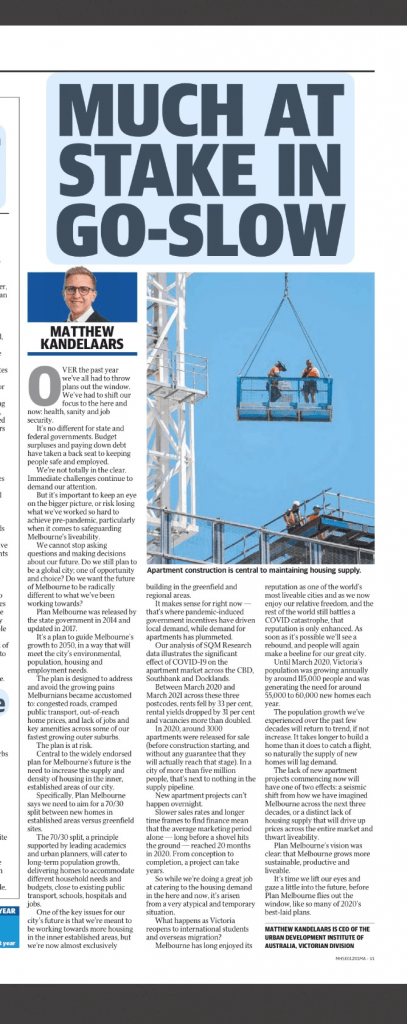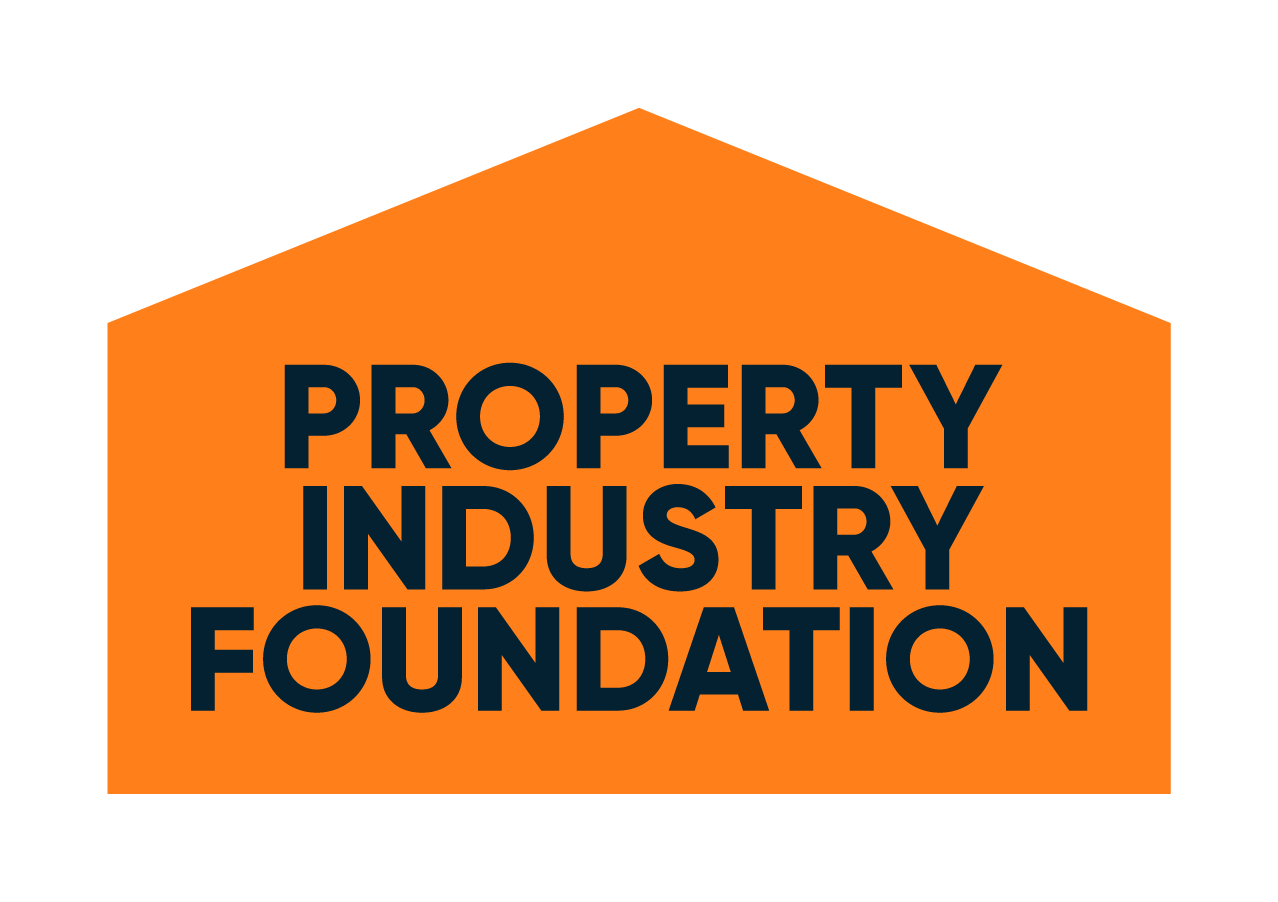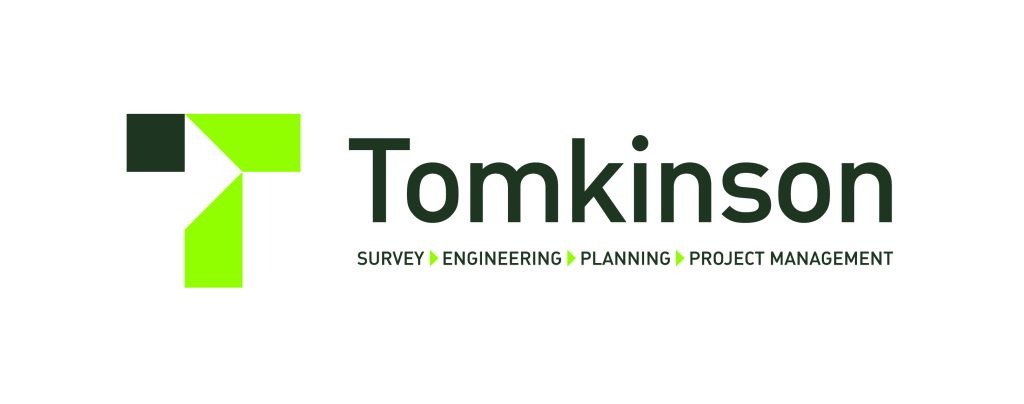Written by: Matthew Kandelaars, Victorian CEO of the Urban Development Institute of Australia (UDIA)
Published by: The Herald Sun, Saturday 1 May 2021

Over the past 12 months we’ve all had to throw plans out the window. We’ve had to shift our focus to the here and now: health, sanity and job security.
It’s no different for state and federal governments. Budget surpluses and paying down debt have taken a back seat to keeping people safe and employed.
We’re not totally in the clear. Immediate challenges continue to demand our attention. But it’s important to keep an eye on the bigger picture, or risk losing what we’ve worked so hard to achieve pre-pandemic, particularly when it comes to securing Melbourne’s liveability.
We cannot stop asking questions and making decisions about our future. Do we still plan to be a global city; one of opportunity and choice? Do we want the future of Melbourne to be radically different to what we’ve been working towards?
Plan Melbourne was released by the State Government in 2014 and updated in 2017. It’s a plan to guide Melbourne’s growth to 2050, in a way that will meet the city’s environmental, population, housing and employment needs.
The plan is designed to address and avoid the growing pains Melburnians became accustomed to: congested roads, cramped public transport, out-of-reach home prices, and poor access to jobs and key amenities across some of our fastest growing outer suburbs.
The plan is at risk.
Central to the widely endorsed plan for Melbourne’s future, is the need to increase the supply and density of housing in the inner, established areas of our city. Specifically, Plan Melbourne says we need to aim for a 70/30 split between new homes in established areas versus greenfield locations.
The 70/30 split, a principle supported by leading academics and urban planners, will cater to long-term population growth, delivering homes to accommodate different household needs and budgets, close to existing public transport, schools, hospitals and jobs.
One of the key issues for our city’s future, is that we’re meant to be working towards more housing in the inner established areas, but we’re now almost exclusively building in the greenfield and regional areas. It makes sense for right now – that’s where pandemic induced government incentives have driven local demand, while demand for apartments has plummeted.
UDIA Victoria analysis of SQM Research data illustrates the significant impact of COVID-19 on the apartment market across the CBD, Southbank and Docklands. Between March 2020 and March 2021 across these three postcodes, rents fell by 33 per cent, rental yields dropped by 31 per cent and vacancies more than doubled.
In 2020, around 3,000 apartments were released for sale (prior to construction commencing, and without any guarantee that they will actually reach that stage). In a city of over 5 million people, that’s next to nothing in the supply pipeline.
New apartment projects can’t happen overnight. Slower sales rates and longer time frames to secure finance mean that the average marketing period alone – long before a shovel hits the ground – reached 20 months in 2020. From conception to completion, a project can take years.
So while we’re doing a great job at catering to the housing demand in the here and now, it’s arisen from a very atypical and temporary situation. What happens as Victoria reopens to international students and overseas migration?
Melbourne has long enjoyed its reputation as the world’s most liveable city and as we now enjoy our relative freedom, and the rest of the world still battles a COVID catastrophe, that reputation is only enhanced. As soon as it’s possible we’ll see a bounce back, and people will again make a bee-line for our great city.
Until March 2020, Victoria’s population was growing annually by around 115,000 people and was generating the need for around 55,000 to 60,000 new homes each year. The population growth we’ve experienced over the past few decades will return to trend, if not increase. It takes longer to build a home than it does to catch a flight, so naturally the supply of new homes will lag demand.
The lack of new apartment projects commencing now will have one of two effects: a seismic shift from how we have imagined Melbourne across the next three decades, or a distinct lack of housing supply that will drive up prices across the entire market and thwart liveability.
Plan Melbourne’s vision was clear: that Melbourne grows more sustainable, productive and liveable.It’s time we lift our eyes and gaze a little into the future, before Plan Melbourne flies out the window like so many of 2020’s best laid plans.










